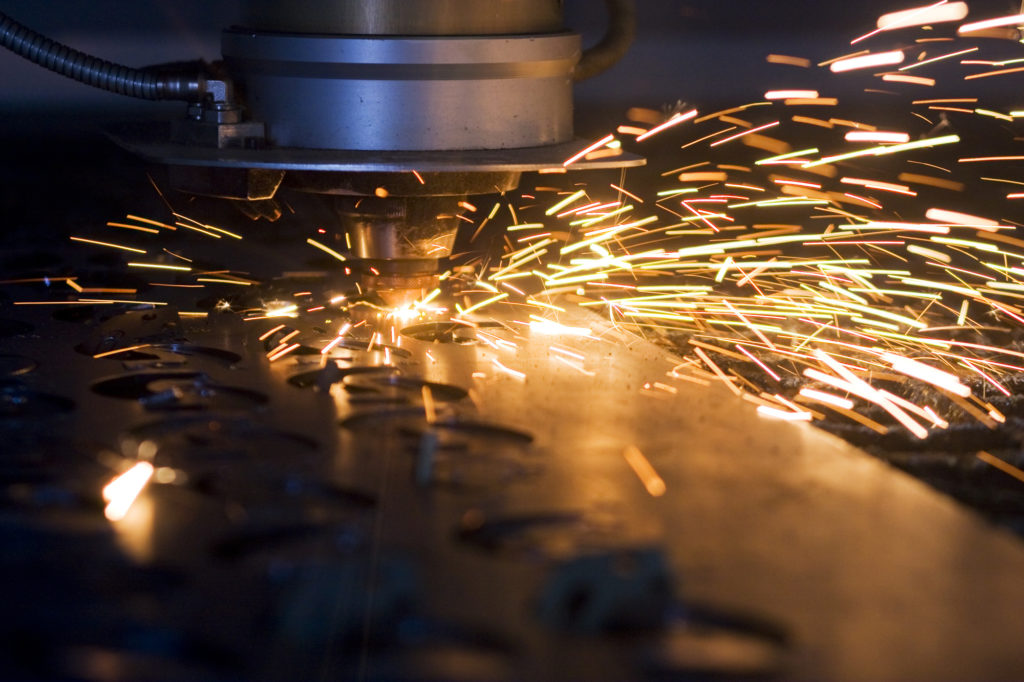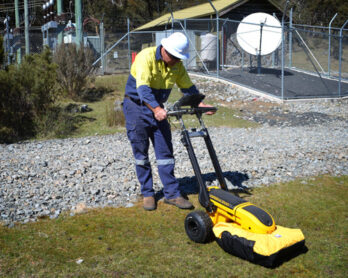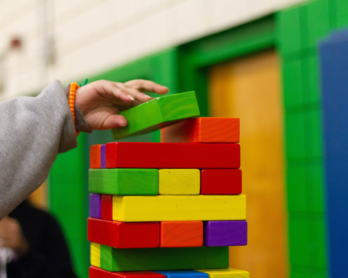New technologies are always interesting. Check out this showdown between waterjet vs. laser technology and see how they are shaping our lives behind the scenes.
Two of the coolest industrial cutting processes are waterjets and lasers.
If you’re looking to get something professionally done, then you’re likely going to want to know which is the best for you.
When you’re comparing waterjet vs. laser cutting, you need to take into account what you’re going to be working with, what kind of cutting you need, and what your budget is.
We’ve put together this handy guide comparing them on all levels so that you don’t have to do any guesswork. Read on and we’ll help you figure out which is the best for your project.
Processing Comparisons
Laser cutting uses lasers to vaporize or melt materials underneath the laser. In the latter case, high-pressure nitrogen follows the laser to blow out the remaining material and leave a clean cut.
This results in a very small amount of material loss during the cutting process. The laser cutting process is quick and the laser used can also etch materials.
Waterjets, on the other hand, use high-pressure water to cut material with minimal loss. For harder materials, the water can be combined with an abrasive to make clean cuts in stone and metals as well.
Waterjets are a cold cutting process. This means that there’s zero heat deformation or slag left behind once the process gets completed.
Both cutting techniques are fairly similar. They both allow the production of tightly-nested parts. And, with modern CNC technology, they’re used to create vastly complicated cuts.
The biggest differences are the following:
Laser cutters have a thinner kerf. That means that there’s less material removal using laser cutting and it also allows for tighter parts grouping in the stock material.
On the other hand, laser cutters are also limited to thinner materials. While the power of the laser largely determines what it can cut, thicker materials are always going to be better served with a waterjet.
Waterjets are the only real option for denser materials. When it comes to cutting things like glass, ceramic, and stone you have to go with a waterjet. Your only other option is specialized lapidary saws which are expensive and less precise than a high-pressure waterjet.
These things may change as time goes on, of course. Laser cutters are a rapidly advancing technology and new innovations are found in waterjets on occasion as well.
Waterjet vs. Laser Cutting in Practice
When it comes to deciding which process is the best one for your needs, the material is the biggest consideration.
Waterjets are used for cutting pretty much any material, but they have some inherent limitations. The main uses come in the form of dense materials and any ferrous metal which is more than a half inch thick.
For most people, they aren’t going to be the first choice for cutting metal, however.
Laser cutting is more precise due to a smaller area removal and the end product will also tend to require less finishing as long as a modern laser cutter has been used.
Wood is also a great material for undergoing laser cutting if it’s going to be painted afterward since the laser will leave burn marks on the surfaces it cuts.
One downside to waterjets is that they make a ton of noise and mess. If you’re using a service to handle your projects then it’s not much of a concern, but if you’re looking to invest in a machine for your shop then you’ll need to be aware a lot of clean up is coming your way.
While these are both precise machining processes, in practice they’re used quite differently as long as the person in question has the right information.
As an example, lasers are often used to cut sheet metal components for machines, while waterjets often find themselves cutting stone for countertops.
Comparing Operating Costs
Of course, it’s unlikely that you personally own either of these machines.
There are a few different home-based devices which you can use. But there is currently only one consumer-level waterjet device which is coming to homes soon. It’s still prohibitively expensive for most people.
On average, lasers are going to be cheaper. The most expensive part of the process is the power consumption. The parts of the machine themselves are barely accounted for in the consumer cost.
Waterjet cutting is slower and consumes more materials, so the costs are naturally going to be higher. Waterjets also have some problems with deformation when thinner parts are getting cut.
For the end consumer of these machining services, the cost is always going to be an important factor. For the most part, if it can get cut with a laser, you should opt to do so.
But, not all materials can be cut with a laser. Thicker materials, 2 inches or more, can get cut with a waterjet while a laser simply won’t do it.
You can learn more about the waterjet process pretty easily since it has a lot of niche uses which lasers simply aren’t able to handle.
For the most part, when comparing which process to use, lasers are the way to go for the things they can cut. Waterjets are a good option for everything else and the expense is only a little bit higher.
Armed to Cut
You’re now armed with the knowledge you need to determine whether a laser cutting service or someone who runs precision waterjet equipment is who you need to contact.
These processes have some key differences that can make all the difference when your project is done.
Waterjet vs. laser? In the end, it will depend on what you need to cut more than anything else.
If you enjoyed this article, why not check out our technology section?













